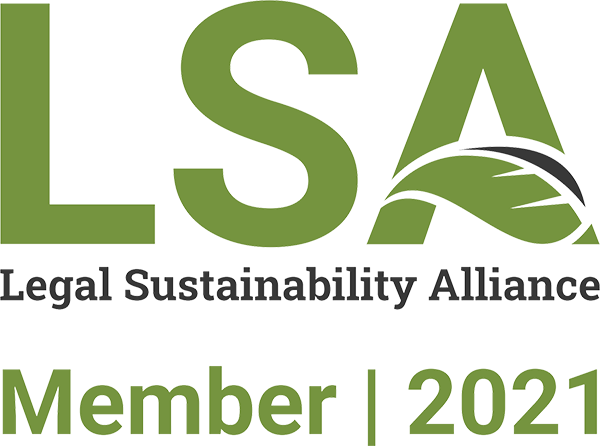
- Filip & Company
We are committed to be a contributor in the development and evolution of the Romanian economy and society.
- Business
We are a forward-thinking business law company focused on distinctively high degree of quality, responsiveness and agility that helps our clients navigate change, seize opportunities and overcome legal challenges.
- Law
Everything we do will help grow, strengthen and defend every aspect of your business.

Legal news
- Insights
We focus on building long-term relationships and anticipating our clients needs. Because we care.








